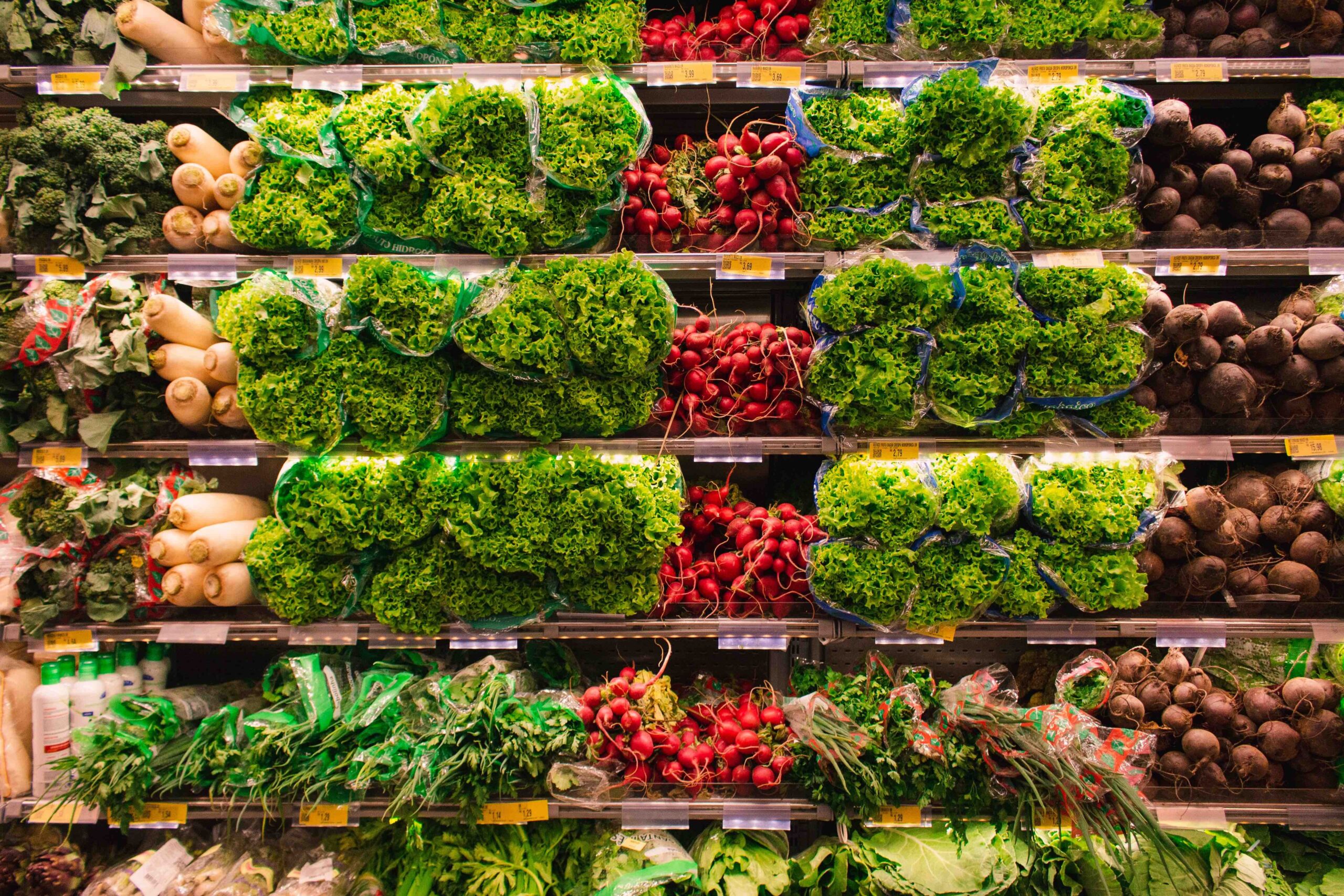The economics of the ever-evolving landscape of the US specialty crop industry demands a comprehensive understanding of the factors influencing competitiveness. In this article, the author identifies key economic drivers impacting the sector and emphasizes the imperative for resilience, innovation, and strategic choices as opportunities available that may improve sustainability of specialty crop stakeholders in the United States.
Distinct Economic Factors Shaping US Specialty Crop Industry Competitiveness
Dynamic Market Windows
The market for specialty crops is characterized by its fast-paced nature and a continuous narrowing of windows for product availability. Compounded by a widening gap between processed and fresh produce prices, growers face the additional challenge of meeting retailer demands for product homogeneity and year-round supplies. This underscores the need for agility and responsiveness in the face of evolving market dynamics.
Labor Costs and Dynamics
A significant demand for farm workers in the production, harvesting, and packing of fresh, higher-valued crops is evidenced by the increase in H2A certifications from approximately 48,000 in FY 2005 to 370,000 in FY 2022 (Figure 1). Despite this shift, total employment across produce operations has seen minimal growth in recent years. The surge in H2A certifications, particularly in southern states, highlights the industry’s dependence on seasonal labor. Addressing labor challenges continues to be a critical factor for maintaining economic viability.
Perishable and Seasonal Challenges
Limited access to land and water suitable for high-value fruit and vegetable production poses a substantial challenge. Genetic packages for many fresh vegetables prioritizing shipping and storage needs and disease and pest pressure reductions, and while crucial concerns, may come at the cost of product quality and nutritional value, further reducing consumer demand.
Consumption Trends and Health Implications
US consumers’ declining consumption of fruits and vegetables over the past two decades, coupled with a shortfall in meeting recommended dietary guidelines, raises concerns for public health (Figure 2). Strategies to bridge this gap involve not only production considerations but also consumer education to expand palates and encouragement to add produce to their diets to support health and wellness.
Global Network Exposure:
The heightened supply chain risks, driven by regulatory changes and increasing costs related to carbon emissions, underscore the industry’s vulnerability. The lag in grower adoption of automation technologies highlights the need for the industry to embrace innovation for increased efficiency and competitiveness. Researchers and educators need to find ways to improve knowledge of the value added from tech solutions and, more importantly, function as intermediaries to bring producer and market needs back to the tech developers.
Figure 1. The number of H-2A jobs certified increased more than sevenfold from fiscal years 2005 to 2022.

Figure 2. Estimated average U.S. consumption compared to recommendations, 1970 to 2018.

Stay tuned for Part 2: Economic Choices for US Specialty Crop Industry Success!

